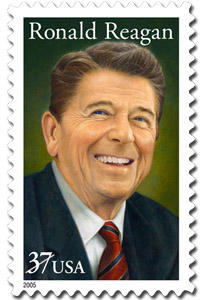 |
| Source: Kashkari testimony, E-12 Finance and Policy, Minnesota Senate, March 6, 2020 |
Author's note: This blog post was queued up to publish in March, then the COVID-19 pandemic hit us full force, disrupting the Minnesota Legislature and the rest of the world. I am publishing it today for the record and in the name of academic freedom.
In his testimony before the Minnesota Senate E-12 Finance and Policy Committee on March 6, Minneapolis Federal Reserve Bank President Neel Kashkari asserted that the current education clause in our state constitution was written in 1857 to “educate the children of white land owners... It is working for well-to-do children. It is not working for low-income kids, and not working for children of color. And I don't think that is a coincidence.”
So our constitution was written by wealthy white people, for wealthy white people. There is no denying Minnesota's persistent achievement gap between whites and most (if not all) racial minority groups, but is this because of the Constitution?
Change is possible, however, said Kashkari. He showed a bar chart that shows that since 2003, education reforms in Florida schools have enabled student performance to rocket past schools in Minnesota and in almost every other state in the nation.
Kashkari was quick to clarify, “We're not just saying, do what Florida did.” But aren't you at all curious about what Florida is doing differently than Minnesota? Since Kashkari raised Florida as an example of what's possible, let's take a peek at the reforms that are improving Florida educational outcomes:
- High expectations through rigorous academic standards
- Holding schools accountable by linking rewards and consequences to an annual A-F letter grade
- Flexibility in how school districts can spend money
- Ending social promotion
- A comprehensive reading program called Just Read, Florida! to ensure every child reads at or above grade level
- Expanding school choice options
- Improving teacher quality
Lowering standards for teachers and students, integrated math, killing phonics, reducing accountability, and basing discipline on racial quotas instead of behavior have somehow not made Minnesota schools the envy of the nation.
Could local control, accountability, truly independent school districts, school choice, and funding that follows the child, instead of ever changing and proliferating state and federal mandates and lawsuits, lower expectations, and restricted parental choice, help shrink the achievement gap in Minnesota?
If the Florida Formula has produced such dramatic results since 2003, and other states are considering it, why isn't Minnesota considering the Florida Formula instead of a constitutional amendment? Kashkari challenged amendment opponents to propose a better idea. Education reforms like those in the Florida Formula would be a great place to start. Minnesota should consider what works, and listen to parents and teachers, instead of turning to the courts to “fix” our schools.
Background information:
Florida–A Model of Successful Education Reform
Evidence on the "Florida Formula" for Education Reform
Florida Department of Education: Accountability
Closing the racial achievement gap: learning from Florida's reforms
Florida's progressive education reform a model for the nation – and Obama








